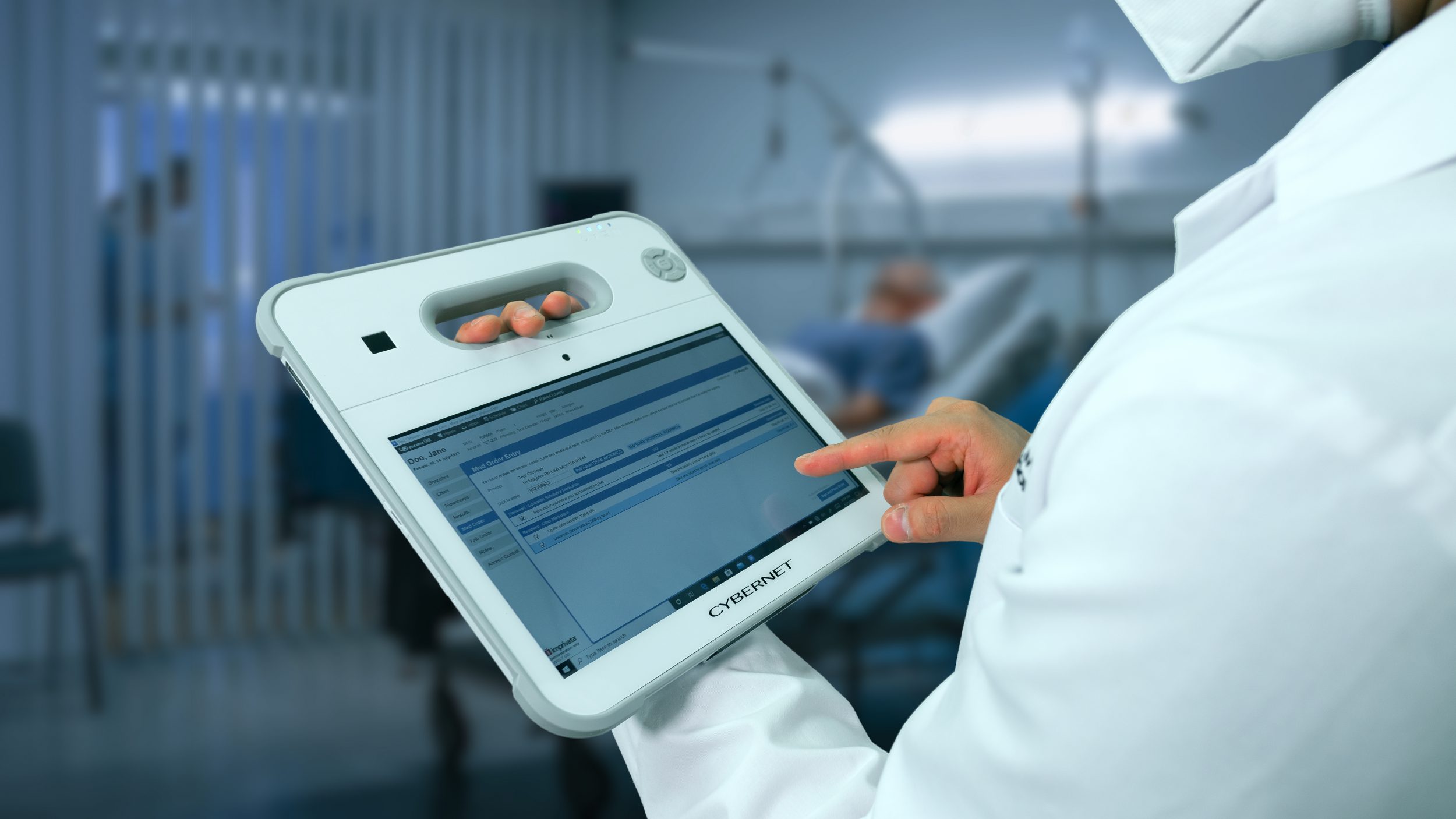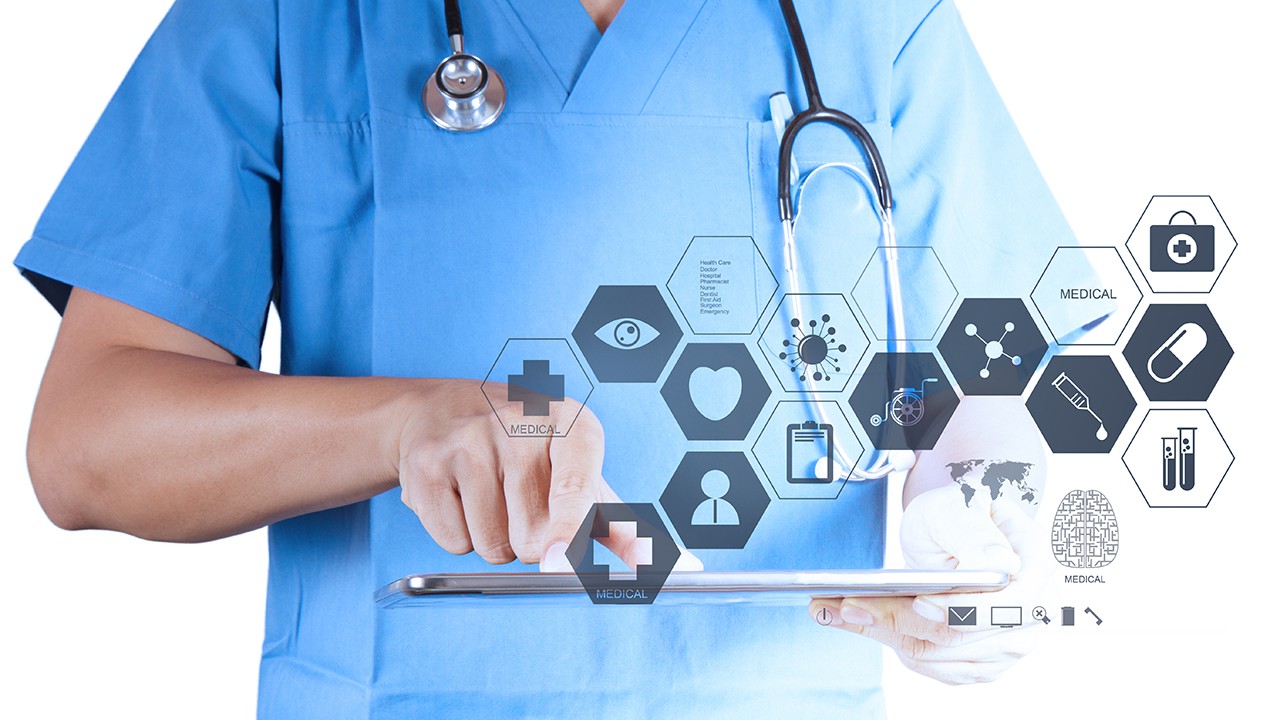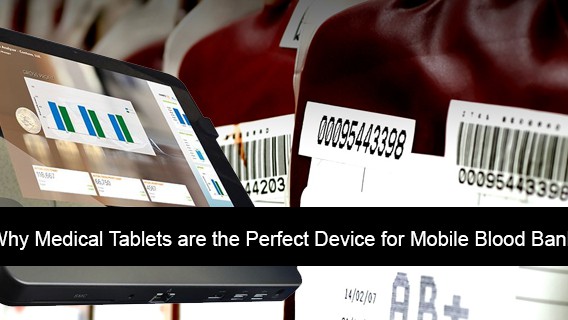Medical tablets have revolutionized healthcare by shedding paper-based operations and by bringing quality care to underserved areas. These tablets have sophisticated systems that turn information recording to easy tasks saving time, energy, and money by improving efficiency rates. Mobility is the key factor with these kinds of tablets. A lot of the functionality you might find in a commercial grade tablet can be applied to healthcare tasks. And with a few more bells and whistles, medical grade tablets can help doctors, nurses, and other practitioners do their jobs more efficiently and accurately.
The expectations of the medical industry advance as illnesses evolve and new healthcare problems arise. This means that the technology must adapt along with education as we push into the future—old technology must be left behind to pave the pathway to new, more robust tech. The best medical tablets for healthcare should include power and portability, resistance to microbes and liquids, medical certifications to protect the patient, and easy, intuitive usage. These features are paramount in solving everyday problems that hospitals often face, which can lead to costly results—either monetary or patient-wise.
Eliminating Paper
Article Guide
When is the last time you went to a new doctor or had to make an unexpected trip to the emergency room? We’ve all been there. There are multiple forms that you need to fill out varying from basic contact information to a complete medical history. This information is vital, but also costs hospitals, clinics and doctor’s offices billions of dollars per year in paper and ink costs. Now imagine being able to reroute those funds to new exam tables, or hiring a second nurse in a busy doctor’s office. A hospital might be able to upgrade their patient engagement solution improving patient satisfaction and outcome.
Now imagine that those forms are found on a tablet. Admissions can quickly create a unique login for a new patient on a patient portal, and then all “paperwork” can be completed on the tablet and automatically uploaded to that patients file. The best medical tablets are also have antimicrobial* properties to protect the computer casing from deterioration and degradation.
Bringing Healthcare to Rural Areas
There are a number of communities throughout the world that don’t have easy access to quality healthcare. Even in highly developed countries like the United States, there still exists communities that are either too rural to have easy access, or too underserved to receive the same quality of care as other areas. Mobile technology, particularly tablet technology, is allowing healthcare practitioners to bring their services to these communities instead of the other way around.
A rugged medical tablet can be brought into these areas without the need to worry about equipment breaking down. Their rugged build combined with both WiFi and LTE connectivity make these the perfect devices for mobile health clinics. These devices can be brought into the homes of shut-ins to provide telehealth consultations with physicians and the can be used to go into homeless communities to log patient information into a central database. Something as simple as access to flu shots can be alleviated by a mobile clinic, but they still need something to record medical data. Caregivers can quickly access patient records on a medical tablet while out in the field to ensure both the quality and the accuracy of the care they are providing.
Making Rounds Less Cumbersome
One of the most common complaints that hospital IT departments hear from their nursing staff is how difficult it is to lug around a heavy medical cart or how the carts need to be plugged into a wall to recharge for hours at a time. Sometimes a nurse just needs to be able to record vital signs or share test results with a patient. There’s no need for a cart that can often times weigh in excess of 100 lbs (sometimes more than what the nurse pushing the cart weighs) to be used in these situations.
Some medical tablets come equipped with barcode scanners, making routine check-ins with patients much easier. Nurses can quickly scan a patient bracelet, check vital signs, record them on the tablet and move onto the next patient. Ask any nurse if they’d rather carry around a 2 lb tablet or push around a 100 lb medical cart to record patient vitals. I think you already know what the answer to that questions is going to be.
Protecting Patient Data
We know what you’re thinking. With all of these additional uses, how is patient data being protected? HIPAA laws are very clear on how patient data must be stored and limits how it can be shared – and violations can be extremely costly. Thankfully medical grade tablets are also designed with security in mind. First and foremost is the ability to integrate biometric fingerprint scanners, RFID readers and smart cart readers into the design of the tablet. It is important to make sure that any tablet you invest in is Imprivata single-sign-on certified. This ensures that only authorized users can log into the unit. It is also highly unlikely that any patient data will actually be stored locally on the tablet’s hard drive. While a tablet is a convenient way to record patient data, the connectivity options we mentioned before means that the data is automatically uploaded to the EMR software and is stored on a secure server. Even if a device is misplaced, no unauthorized user will be able to sign into the device, much less be able to access any sensitive data.
This is just a small handful of use cases that we’ve come across here at Cybernet when talking to our customers. It is clear that mobile technology is changing how healthcare is administered throughout various communities and facilities. For more information on how medical grade tablets can help you meet the day to day challenges at your facility you can contact us here.
Best Medical Tablets for Healthcare
August 11, 2021
We are well into the digital revolution in Healthcare. Gone are the days of clipboards and storage rooms filled with folders of handwritten patient records. Medical Tablets are now the standard way medical data is…
0 Comments6 Minutes
How Rugged Tablets Are Used In Healthcare
April 16, 2016
The introduction of rugged tablets into the marketplace has helped to improve the services provided by a variety of industries, but these devices have added significant value to the healthcare field. Tablets have…
0 Comments4 Minutes
Why Medical Tablets are the Perfect Device for Mobile Blood Banks
August 13, 2015
The pervasive use of electronic devices in the professional arena has changed the way tasks are being carried out. The use of electronics devices has had a tremendous impact on specific industries. The medical…
0 Comments4 Minutes
You Can't
Learn from a Pop-up
But we can deliver knowledge to your inbox!
We dive deep in the industry looking for new trends, technology, news, and updates. We're happy to share them with you.
Knowledge, News, and Industry Updates Right in Your Inbox





